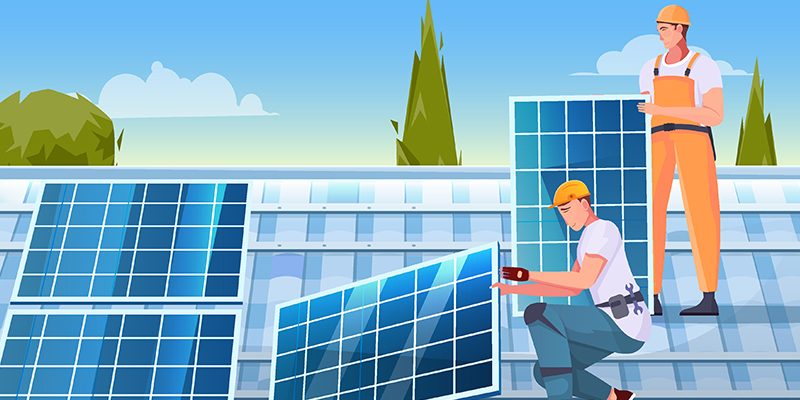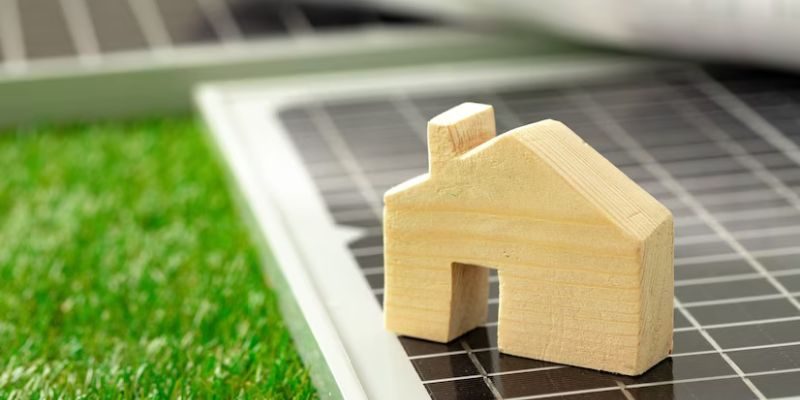I remember the day I got my first truly terrifying utility bill. It wasn’t just high; it was a wake-up call. I wanted an energy-efficient home, but the upfront cost of a new heat pump and insulation felt impossible. I had heard whispers about clean energy incentives and federal assistance, but the paperwork sounded like a nightmare. Sound familiar?
My personal quest began with a deep dive into the energy tax credits of 2025 and the maze of utility rebates. The good news? It’s not a nightmare; it’s a clear path to major savings. My success story started with understanding the pivotal role of the 25C tax credit guide—the key to unlocking significant federal dollars for my financing home efficiency upgrades. I’m here to share the simplified, step-by-step process that turned my “impossible” project into a comfortable reality.
Which Upgrades Get Federal Rebates? (Qualifying for Savings)
The first step is knowing what qualifies. The federal government, through the Inflation Reduction Act, offers powerful clean energy incentives.
For my project, I focused on these main categories that make up the most common federal tax credit upgrades:
- Heat Pumps: High-efficiency electric heat pump systems.
- Insulation and Air Sealing: Crucial for any energy-efficient home.
- Energy-Efficient Windows/Doors: Must meet specific energy performance standards.
The most important program for immediate savings is the 25C tax credit guide—formally known as the Energy Efficient Home Improvement Credit. This credit offers up to $3,200 annually and covers a percentage of costs for qualifying improvements. However, a major element of my financing home efficiency upgrades involved combining this with other programs.

Step-by-Step: Applying for Home Energy Rebates and Tax Credits
How do you turn these great incentives into cash? Follow these three essential steps for seamless financing home efficiency upgrades:
1. Start with Local Home Energy Rebate Programs
Before you lift a hammer, look local. Use an online tool—I simply searched “Find available energy efficiency rebates near me“—to check my local utility and state energy office. For example, my utility offered a generous home energy rebate for a heat pump, which drastically reduced the upfront cost. Crucially, you apply for utility rebates before or immediately after installation, and the rebate is often issued as a direct check or instant discount.
2. Claim Your Federal Tax Credit Upgrades
This is where the energy tax credits of 2025 come in. To qualify for the 25C tax credit guide (the Energy Efficient Home Improvement Credit), you simply need to file IRS Form 5695 when you do your taxes.
- What Documents Do I Need? Keep your invoices and receipts that clearly list the cost of the qualified property (like your heat pump) and the installation date. You do not send these to the IRS, but you must keep them for your records.
- Timing: These are tax credits, so you claim them when you file the tax return for the year the improvements were completed. If you installed a new roof in 2025, you claim it when filing in early 2026. This credit is vital for financing home efficiency upgrades.
3. Combining Clean Energy Incentives for Maximum Power
The real magic of creating an energy-efficient home is stacking the savings. This is the simple process I followed to combine incentives:
- Use Utility/State Rebates: Apply for and receive the upfront home energy rebate from your local utility.
- Claim Federal Tax Credits: Apply the energy tax credits of 2025 (the 25C credit) on your tax return.
- Solar Bonus: If you install solar, you also claim the Investment Tax Credit (ITC) via IRS Form 5695. This is another massive federal tax credit upgrade.
By following the 25C tax credit guide and layering incentives, I significantly cut the out-of-pocket cost for my federal tax credit upgrades. It made the entire project affordable and accelerated my return on investment.

On a concluding note
The Redemption: An energy-efficient future! My journey proves that financing home efficiency upgrades doesn’t require draining your savings. The financial barriers that once felt insurmountable were easily overcome by simply understanding and utilizing the powerful clean energy incentives available today.
My energy-efficient home now runs on a fraction of the power it once did. The investment, made manageable by these generous home energy rebate programs and the energy tax credits of 2025, pays for itself every month through lower utility bills. The key to success is following a structured plan, guided by the 25C tax credit guide, to layer your local rebates with your federal tax credit upgrades.
Don’t let the paperwork intimidate you. The complexity of the incentives pales in comparison to the long-term peace of mind, financial savings, and enhanced comfort you will gain. Take the first step today to claim your share of these savings and transform your home!

I’m a passionate DIY decor specialist with a deep love for transforming spaces into personalized havens. With years of experience in crafting unique home decor, I thrive on creating stylish and budget-friendly solutions that reflect individual tastes.








